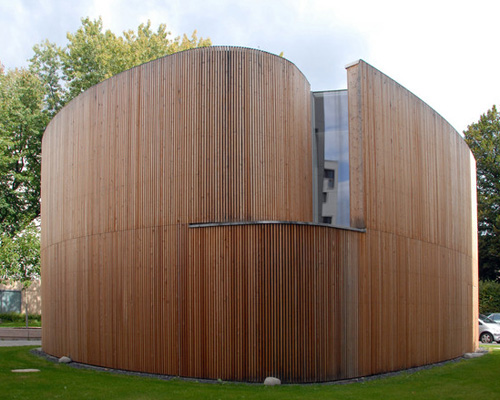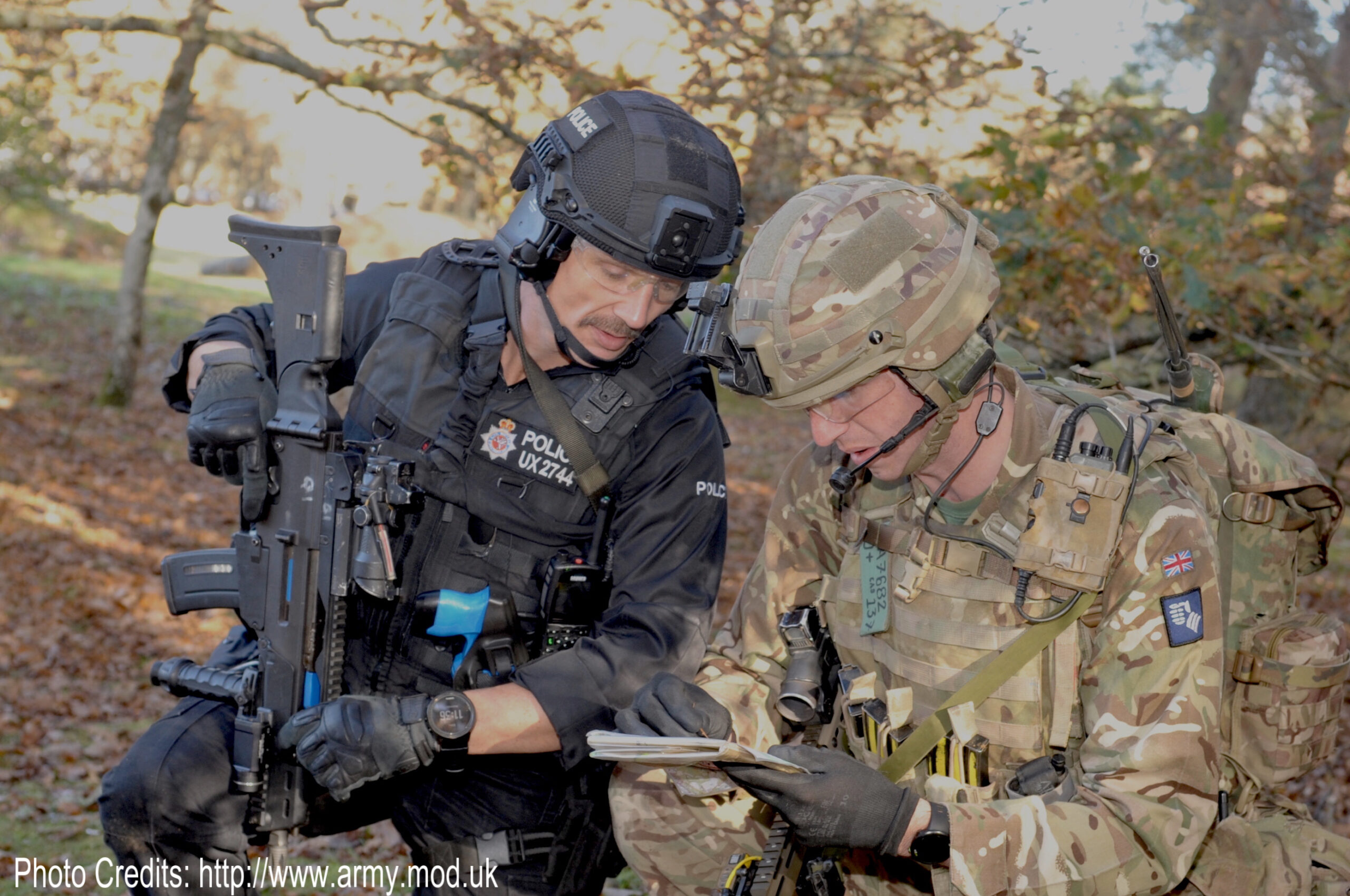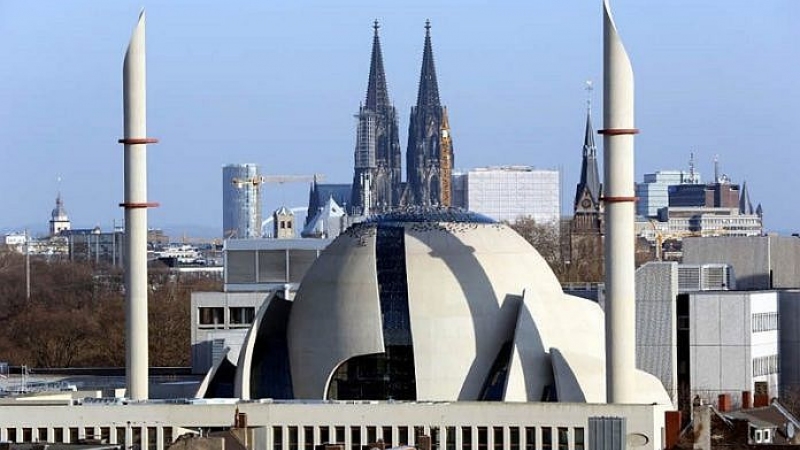“Provocative” and “conspicuous” praying
A secondary school in the Western German city of Wuppertal has caused a stir by prohibiting its Muslim pupils from “conspicuous praying”. In an internal memo directed at the teaching staff, the administration of the Johannes-Rau-Gymnasium encourages its instructors to prevent “provocative” praying activities.
For the administration, this includes the performance of ablutions in school bathrooms or the rolling out of prayer carpets. Should students pray in spite of the prohibition, teachers are to determine the names and to pass them on to the school administration.1
Commentators remarked upon the memo’s police-style formulations, questioning whether this signalled the school’s generalised suspicion against its Muslim pupils. While defending the thrust of the text, the local government conceded that the language used had been “unfortunate”.2
Religion in the educational sector
The case touches upon the larger question to what extent educational establishments must accept the presence and expression of religious convictions. Legal professionals point out that within the German framework, schools are given wide latitude to regulate religious expression if such regulation is necessary in order to guarantee “school peace”.3
To what extent this ‘peace’ was threatened in the case of the Johannes-Rau-Gymnasium of Wuppertal is difficult to ascertain. No details of the precise chain of events leading up to the prohibition on prayer have been released.
In recent months and years, public scrutiny of Muslim students’ religious practices had been focused mostly on prayer rooms or multifaith spaces at universities. Some of them were closed after reportedly attracting hard-line religious purists who sought to engage in missionary activity and enforce a strict morality code. Others continued to function and were praised as success stories.4
Secularisation and publicly visible religion
The presence of a growing number of Muslim students with higher levels of religious observance comes as the historically active Lutheran and Catholic student associations are experiencing a slow but steady decline. Concomitantly, an increasing number of students and commentators advocate a strictly secularised university that offers no institutional space for religiosity.
The visibility of Islam in these establishments has emerged as an important political battlefield in its own right. After all, some of the 9/11 attackers had used a supposed prayer circle at the Technical University of Hamburg for conspiratorial purposes.5
Although this case has remained isolated and no other Muslim university circles have spawned jihadist groups since, the seed of distrust has, in many cases, been sown. As a result, a considerable portion of educational decision-makers is increasingly willing to question the traditionally generous attitude towards the public expression of religiosity in the educational sector.
Sources
http://www.derwesten.de/region/muslimische-schueler-fallen-durch-provozierendes-beten-auf-wirbel-an-wuppertaler-gymnasium-id209791697.html ↩
http://www.rp-online.de/nrw/panorama/schule-in-wuppertal-verbietet-muslimischen-schuelern-sichtbares-beten-aid-1.6648704 ↩
http://www.rp-online.de/nrw/panorama/schulfrieden-schlaegt-religionsfreiheit-aid-1.6648883 ↩
http://www.faz.net/aktuell/politik/inland/deutsche-universitaeten-gebetsraeume-unter-generalverdacht-14118890.html?printPagedArticle=true#pageIndex_2 ↩
http://www.zeit.de/2017/11/religion-universitaet-beten-verbot-wissenschaft ↩






